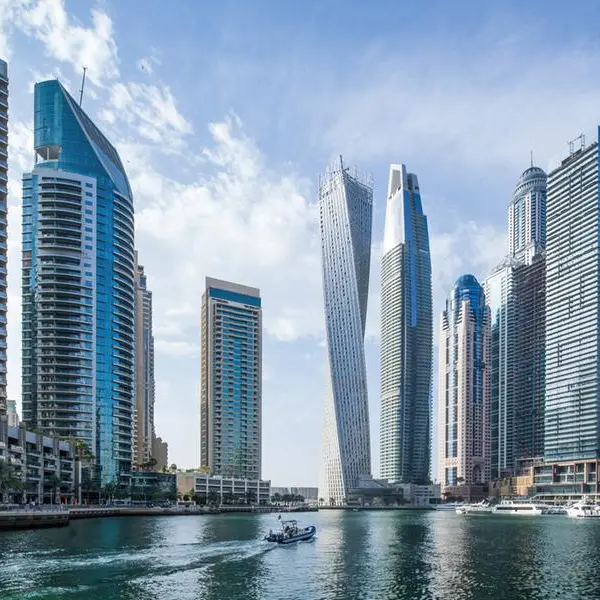PHOTO
Key national property indicators have revealed that the residential rental sector is through the worst of the economic storm. Based on the current trajectory, a further recovery is expected during 2022. However, tenants are likely to continue to be under pressure.
This is according to TPN Credit Bureau’s Residential Rental Monitor which noted that the sector started to show real signs of renewal in the fourth quarter of 2021.
Low inflation and the need to stimulate a fragile local economy during the pandemic resulted in historically low prime interest rates. One of the consequences of this was a perception of cheap capital and artificial demand. This, combined with an increased number of distressed estates and human capital migration, created an oversupply of property in some areas and, in complete contrast, hyped demand in previously ignored locations of South Africa. As historical trends have shown, this imbalance will have to correct itself in time.
The low number of property transfers that occurred in 2020 was no surprise. A bigger surprise is that 2021 recorded an even lower number of property transfers.
Another concerning trend was the decline of cash property purchases, despite the fact that financial institutions are still providing home loans.
Challenge of unemployment
While the economy grew 1.2% in real terms during the fourth quarter of 2021, this growth did not translate into job creation. Unemployment – the biggest challenge facing South Africa – reached a record high of 35.3% in Q4 of 2021. However, while full-time employment decreased, part-time employment grew by 16.5%. These trends are likely to impact the residential rental market.
Encouragingly, TPN’s Residential Rental Monitor reveals that nationally, the number of tenants in good standing continued to improve. Tenants in good standing are those whose accounts have been settled in full by the end of the month, including any arrears.
Number of tenants in good standing improving
At the end of 2021, 81.4% of tenants nationally were in good standing. On average, the percentage of tenants in good standing has been improving since the hard lockdown low of Q2 in 2020. However, some rental bands are not yet on the road to recovery. The below-R4,500 rental band, for example, continued to struggle to break through the 80% good-standing mark. The number of tenants renting in the below-R3,000 category are struggling to make any sort of rental payment with the number of tenants who made no payment remaining stubbornly high at just under 17%. In addition to the lower rental collection, units below R3,000 were also standing vacant with a recorded vacancy rate of 14.42% in the fourth quarter of 2021. Tenants who did not pay in the below R3,000 rental band have been increasing steadily since 2014.
The best performing rental segment were those renting for R7,000 to R12,000 per month with 87.29% in good standing. This rental band also delivered the lowest did-not-pay number at just 4.2%.
Tenants paying a monthly rental of between R12,000 and R25,000 were the second best performers with 86.10% in good standing and only 4.71% falling into the did not pay category. This sector of the rental market had the lowest vacancy rate of all rental bands at just 10.23%.
Luxury property rentals above R25,000 per month had a good standing of just under 80%. However, this category had the highest percentage of tenants who paid in a grace period at 5.81%.
Gauteng with highest did-not-pay percentage
From a provincial perspective, Gauteng did not break through the 80% good-standing mark and struggled with the highest did-not-pay percentage of all provinces. Combined with a high vacancy rate and low escalations, South Africa’s economic hub continued to experience the after-effects of the pandemic, hard lockdown, and high unemployment. There are, however, areas that were performing well in the fourth quarter of 2021 in terms of capital growth as well as effective yield including Tshwane, Merafong City and Sandton.
The Western Cape is performing well and has the second best number of tenants in good standing at 85.99%. Escalations are also back in positive territory and property prices in the province are healthy.
KwaZulu-Natal achieved the second highest average residential rental per square metre for sectional title and the second highest average sectional title property value, second only to the Western Cape in the fourth quarter. However, the province’s full title average rental and average property value both dropped to third place after the Western Cape and Gauteng.
Impact of 2021 July riots
An indication of just how hard hit the province was as a result of the unrest in July 2021 is that KwaZulu-Natal had the third highest percentage of residential rental tenants who did not pay any rent of all nine provinces. Full title property values in Durban have dropped significantly in the last few years. A faster decline after the second quarter of 2021 was in all likelihood fuelled by the July riots.
Although the Eastern Cape has yet to recover to its pre-pandemic good-standing levels, it has consistently maintained a good-standing above the national average.
The Free State’s good standing was just above the national average at 83.3% as at the end of 2021. While rental payments in Bloemfontein are the healthiest of the major cities at 84.26%, full title property yields are the lowest of the major cities. Full title property values in the province have remained flat since 2017.
The Northern Cape is a star performer with the best good-standing ratio in the country at 87.76%. The province boasts the lowest did-not-pay category in the country at only 3.29%.
Tenants under continued pressure
While all indications are that the property sector is through the worst of the pandemic-induced crisis and showing signs of recovery, landlords need to be aware that tenants will continue to be placed under pressure as a result of rising interest rates, geopolitical events fanning the flames of inflation, persistently high unemployment, and more recently, the floods in KwaZulu-Natal which all impact economic growth.
The rental market may see an increase in risk as more consumers come to rely on part-time income streams to address the rising cost of living. It will become increasingly difficult to rely solely on employment status to determine tenant risk in the foreseeable future as tenants require innovative new ways to make and supplement their incomes.
The key to successful property investments will be to select the right location, find the right tenant and ensure that they remain prompt payers while at the same time managing and minimising costs as far as possible.
All rights reserved. © 2022. Bizcommunity.com Provided by SyndiGate Media Inc. (Syndigate.info).












